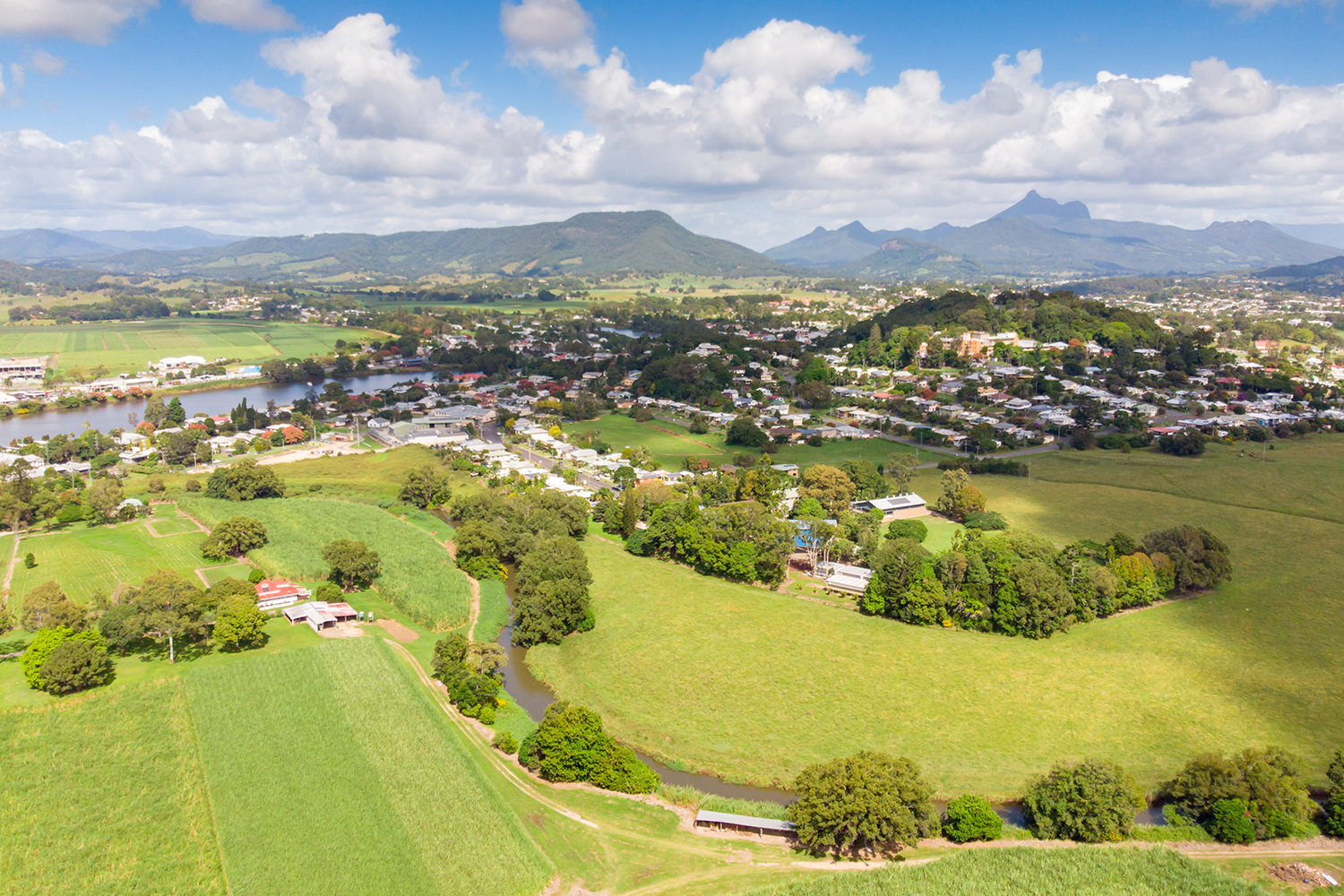
"First home buyer's tastes have shifted, with more of them prioritising larger spaces not necessarily in the city centre." - John Stavrinoudis, Finance Manager
We are all familiar with the good old-fashioned “Australian dream” — the concept of owning a freestanding home in the suburbs. However, over many decades as the property market has been swayed by the economy and, more recently, the pandemic, the Australian dream has been forced to evolve with it.
In recent years, a drastic increase in property prices has seen many Australians forgo size in favour of more affordable property, particularly inner-city apartments. Throughout the pandemic, we saw the Australian dream come full circle with people once again seeking square footage, this time in regional areas. Countless lockdowns in metropolitan areas coupled with the widespread acceptance of working from home motivated thousands of city-goers to move to regional areas — and they loved it. The pandemic was a catalyst for many to re-evaluate their priorities and make much-needed lifestyle changes. Regional Australia’s population grew by 70,900 during 2020–21, and capital cities declined by 26,000. This was the first time in over 40 years that Australia’s regional population grew more than capital cities, throwing pandemic migration patterns into the spotlight.
I have noticed a definite increase in demand for regional property throughout the pandemic, particularly in Geelong and the Bellarine Peninsula. Of those looking to move out of metropolitan Melbourne, we’re seeing many second or third home buyers and older couples whose children have flown the nest.
So, why are many Australians still flocking from big cities to regional and rural areas?
First and foremost, the change in lifestyle is undeniably appealing. Whether it’s a sea change or a tree change — small-town living offers a change of pace to the hustle and bustle of city life. Regional living often means a shorter commute, a slower pace, and a sense of peace and quiet that’s hard to find in an increasingly busy world. It is, therefore, often easier to maintain a good work/life balance, allowing more time for family, community activities, and enjoying open space. Residents of regional areas are spoilt for choice when it comes to outdoor activities and access to nature, with everything from beaches and lakes to hiking trails and national parks on their doorstep. Smaller towns and cities also offer a sense of community and belonging that many Australians are now seeking out.
During the height of the pandemic, Victorians, in particular, were forced to holiday within their own state, encouraging people to explore regional areas and appreciate the lifestyle in ways they otherwise may not have. We began to see increased regional growth and infrastructure alongside the decentralisation of jobs from major cities, especially as Australians became more equipped to work from home. People were able to adjust to the idea of regional living and see firsthand how they could get more bang for their buck, with houses in regional areas being more affordable and accessible. As a result, regional property markets have been well and truly tapped into, with prices surging in recent years across the country.
However, many pockets are yet to reach their full potential, with regional cities continuing to grow and new “mini cities” emerging. People should consider the following when looking to buy or build in regional areas to ensure maximised benefit from their investment:
- Location, location, location — the importance of being in close proximity to local amenities and attractions cannot be overstated, whether that’s schools, beaches, shopping centres, or public transport.
- Your home should be weatherproofed depending on the location, meaning anything from insulation against the cold to using extreme weather paints to protect against the elements. Investing in weatherproofing will pay for itself in the long run, be it for your own comfort or resale value.
- When deciding where to purchase, consider the availability of the rental market. Investing in high-demand areas will ensure consistent returns.
- Regional and remote communities have been hardest hit by cost-of-living pressures, paying up to three times more for fruit and vegetables. Consider cutting down on living costs where possible, perhaps by incorporating energy-saving measures such as solar panels or smart metering into your build.
- Consider how your needs changed throughout the pandemic and tailor your home accordingly to suit your regional lifestyle. Make working from home easy by adding a study nook, building an outdoor shower for a post-beach rinse, or adding a garage to house your bikes.
- Moving from a big city to a regional town can be a shock to the system. Try renting in your desired area before buying so you can get a feel for the community and lifestyle.
Whilst the exodus from major cities is slowing now that life is returning to a relatively normal state, we are sure to see the trend of regional growth continue — and with that comes great opportunity for those looking to build or buy a home.
Source: Smart Property Investment
Angelini, T. (2022, September 10). The new Australian dream — the pandemic trend towards regional home ownership. Smart Property Investment - By investors for investors. https://www.smartpropertyinvestment.com.au/buying/24067-the-new-australian-dream-the-pandemic-trend-towards-regional-home-ownership